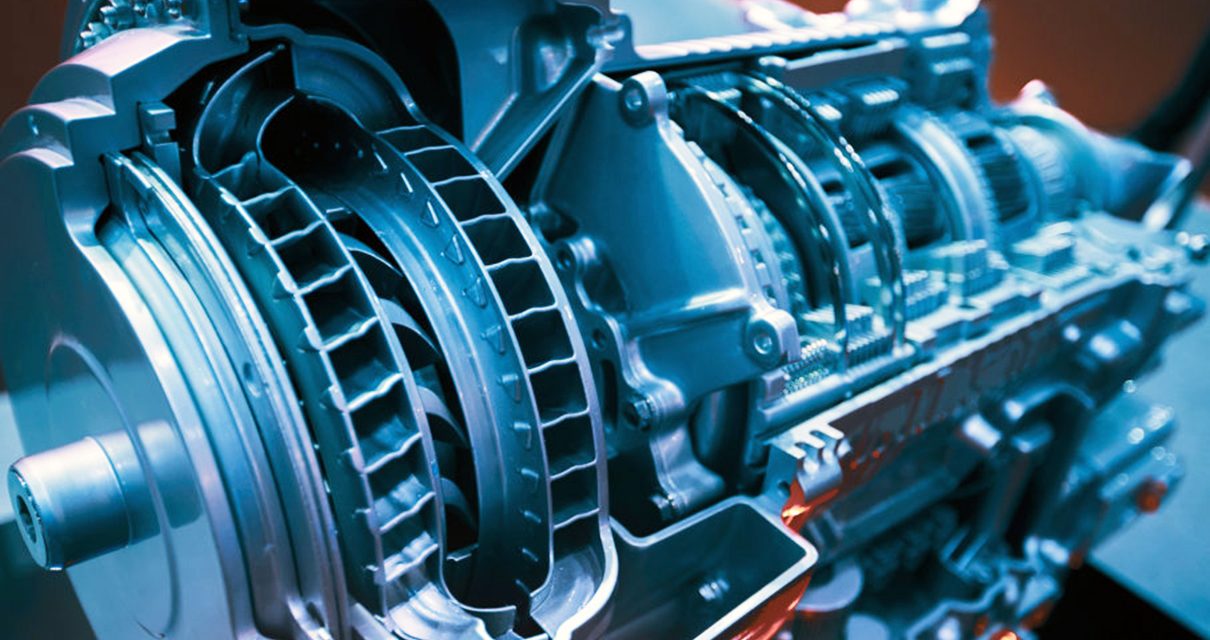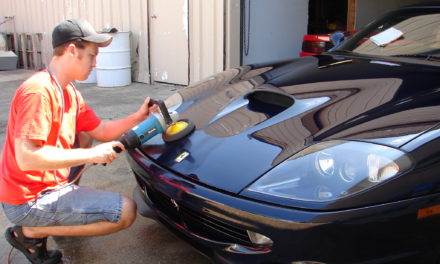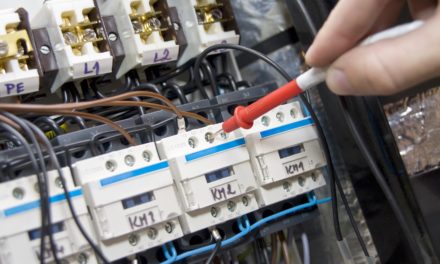
This Is How A Transmission Works

In a nutshell, the transmission works by transmitting the power from the engine to the wheels via the driveshaft and wheel axle, allowing you to drive the car. Changing the gear changes the interaction of different gears inside the gearbox. In this way, different gear ratios are created. The power of the engine is converted by the gearbox so that it fits the driving situation.
The transmission transmits this force to the drive shafts that drive the wheels. For this reason, you will notice immediately if you shift into the wrong gear or accelerate too much when starting off. The transmission can only perform its tasks using the gears and transmission gradations, which are changed either automatically or manually by the driver.
In a vehicle with a manual gearbox, actuating the clutch bridges the connection between the engine and the gearbox so that you can change gear. With an automatic transmission, this happens fully automatically without the clutch pedal has to be operated.
In the service plan of your car, you can read when the change of the gear oil is due. It is an integral part of a car’s maintenance schedule. How often the oil in your gearbox needs to be changed varies from car brand to car brand, but most manufacturers recommend changing the gear oil after around 150,000 to 180,000 km. Even minor problems can cause major damage to the gearbox, which is why you shouldn’t take any unnecessary risks if you notice a problem with your gearbox.
If you want to buy a new car in the near future, you should consider in advance what type of gearbox you want to choose. In this article, you will find the most important information on the topic of gearboxes so that you can make the decision more easily.
If you think the cost of transmission is high then the best way is to sell it for cash to companies such As Origin cash for cars in Newcastle.
Manual transmission or automatic transmission
German drivers are rather traditional in Europe-wide comparison and mostly drive with a manual transmission. Autobutler’s mechanics estimate that about 65% to 70% of all German cars have a manual transmission.
If you buy a car with a manual gearbox, you can operate the controls yourself with the gear stick and guide the gearshift. Many car owners prefer to be in control themselves and to be able to change gears. At the same time, you should also know that a manual transmission is cheaper in the long run than most automatic cars.
The advantages of a car with an automatic transmission is that you can concentrate completely on driving and no longer have to change gears. On the one hand, this increases your driving comfort, but on the other hand it is faster in some situations, such as when starting at the traffic lights or when turning. In addition, automatic transmission in traffic jams and stop-and-go traffic is very pleasant because you don’t have to concentrate on changing gears.
This is how an automatic transmission works
A “normal” automatic transmission is now electrically controlled and works via a hydraulic system. Since the gearbox is set up to change gear when the revs increase sufficiently, this also means that the fuel consumption of an automatic transmission is significantly better. Because the transmission permanently controls consumption and ensures that the correct gear is selected.
As the name suggests, an automatic transmission shifts gears fully automatically without the driver having to do this. The only settings you have to consider as a driver are P for parking, R for reverse, N for neutral and D for drive, which is the driving gear.
In this article, you will learn more about how to drive an automatic transmission.
Automatic transmissions are usually designed so that there is a large gear in the middle of the transmission, which transmits the power from the engine. Distributed around this gear are various gears, which are referred to as planetary gear sets. They are of different sizes and can be connected or separated. Another gear sits around these gears, which transmits the power from the planetary gear sets to the wheels. A gear change takes place in a smooth transition between the different gears, which makes the driving experience more relaxed, since there is no jerking than when you have to switch between gears manually.












A transmission in a car is like a middleman between the engine and the wheels. It helps the engine’s power move the car smoothly. Think of it as different gears in a bicycle. When you start, it uses low gears for more power. As you go faster, it switches to higher gears for speed. The transmission shifts these gears automatically or with your help in manual cars. It uses gears to change the speed and power so the car moves efficiently. That’s how it works—helps the engine power reach the wheels in the best way for different speeds. Thanks, that was a really cool read!